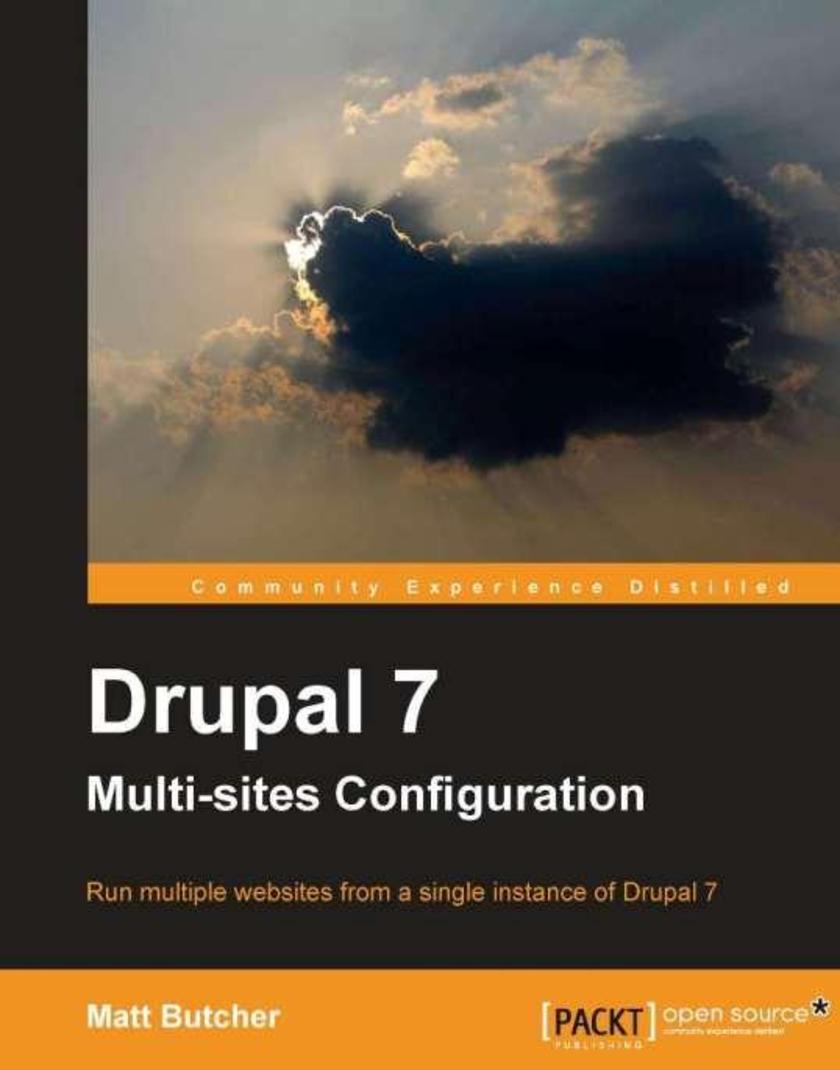
Drupal 7 Multi Sites Configuration
¥45.77
Follow the creation of a multi-site instance with Drupal. The practical examples and accompanying screenshots will help you to get multiple Drupal sites set up in no time. This book is for Drupal site builders. It is assumed that readers are familiar with Drupal already, with a basic grasp of its concepts and components. System administration concepts, such as configuring Apache, MySQL, and Vagrant are covered but no previous knowledge of these tools is required.
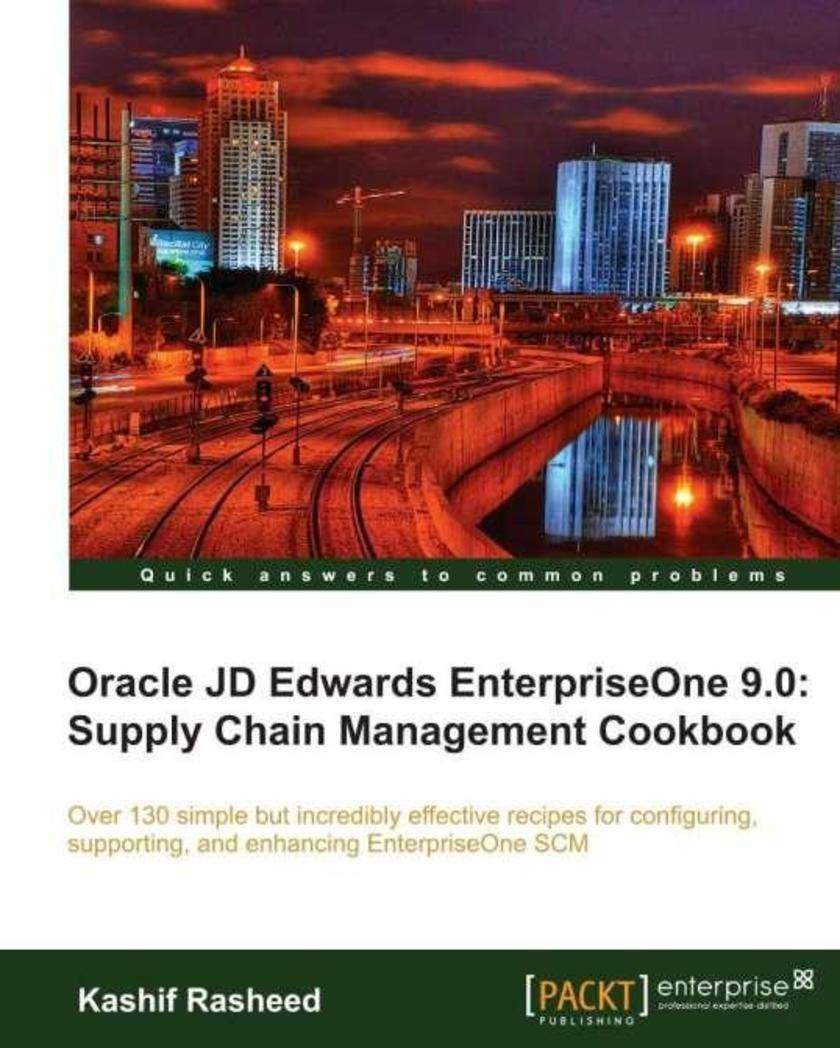
Oracle JD Edwards EnterpriseOne 9.0: Supply Chain Management Cookbook
¥99.18
A cookbook full of practical and immediately useable recipes for real world business implementation of EnterpriseOne Supply Chain Management. If you are a functional consultant, technical consultant/developer, or project manager and want to improve your business perspective of EnterpriseOne SCM, this book is for you. You should have basic knowledge of navigating EnterpriseOne and general supply chain familiarity. Knowledge of the Common Foundation JDE 9.0 module is advantageous; the supply chain business domain knowledge will be an add-on to this.
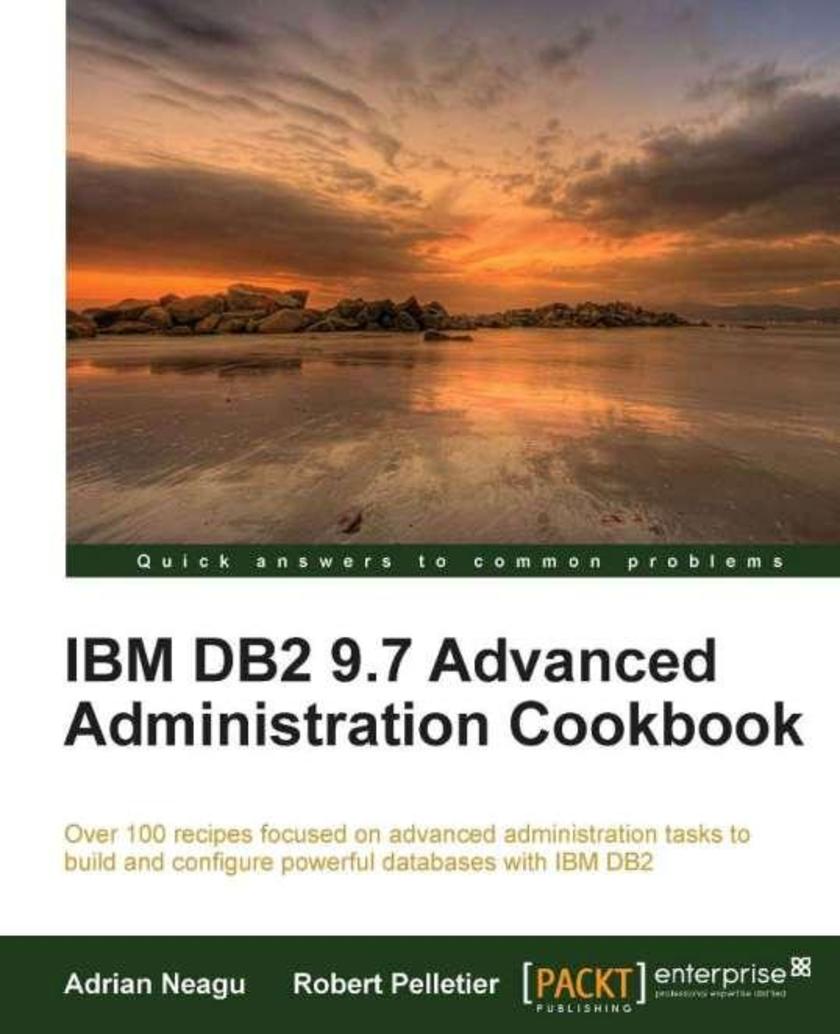
IBM DB2 9.7 Advanced Administration Cookbook
¥116.62
This cookbook has recipes written in a simple, easy to understand format, with lots of screenshots and insightful tips and hints. If you are a DB2 Database Administrator who wants to understand and get hands on with the underlying aspects of database administration, then this book is for you. This book assumes that you have a basic understanding of DB2 database concepts.
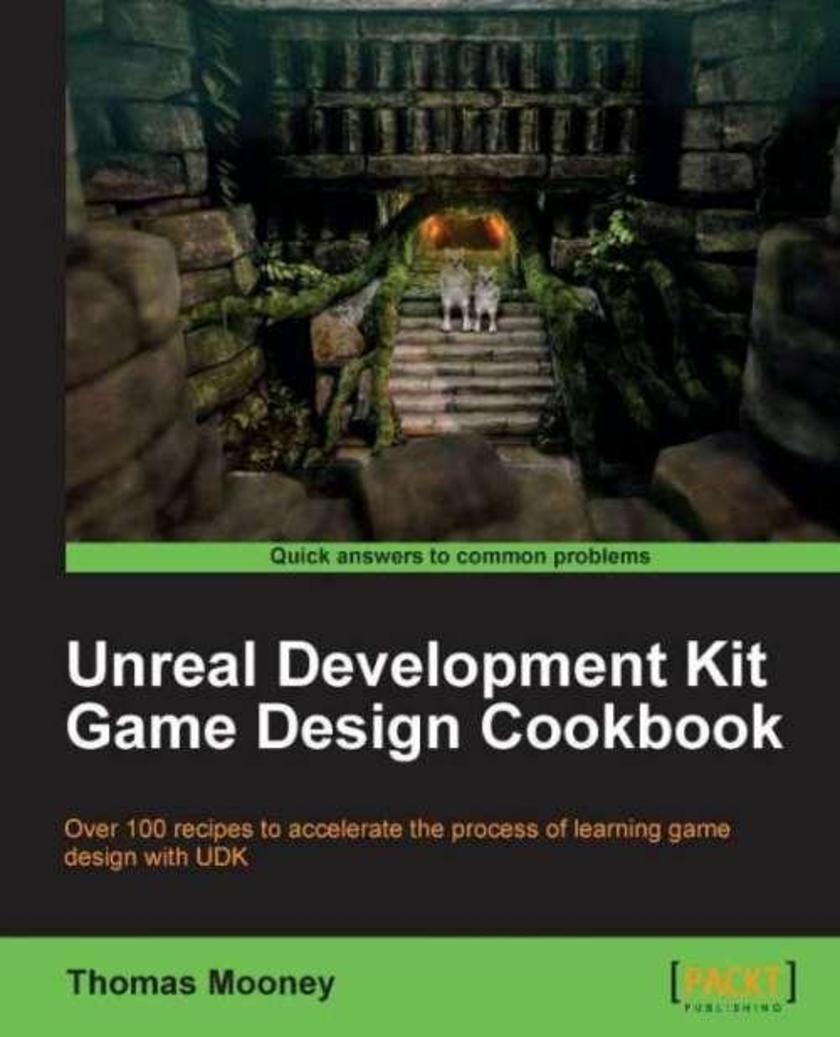
Unreal Development Kit Game Design Cookbook
¥99.18
Written in cookbook style, this book offers many recipes to learn game design with UDK. Each recipe contains step-by-step instructions followed by analysis of what was done in each task and other useful information. The book is designed so that you can read it chapter by chapter, or you can look at the list of recipes and refer to them in no particular order. This book is meant for game artists who are getting used to UDK but may feel the need for guidance on matters of implementation. It also targets brave beginners who are struggling to find an all in one package for getting started with UDK, and want a ready to hand reference. Level designers can use this book to gauge their understanding of the editor, check for specific problems, and discover gems they may not have come across before.
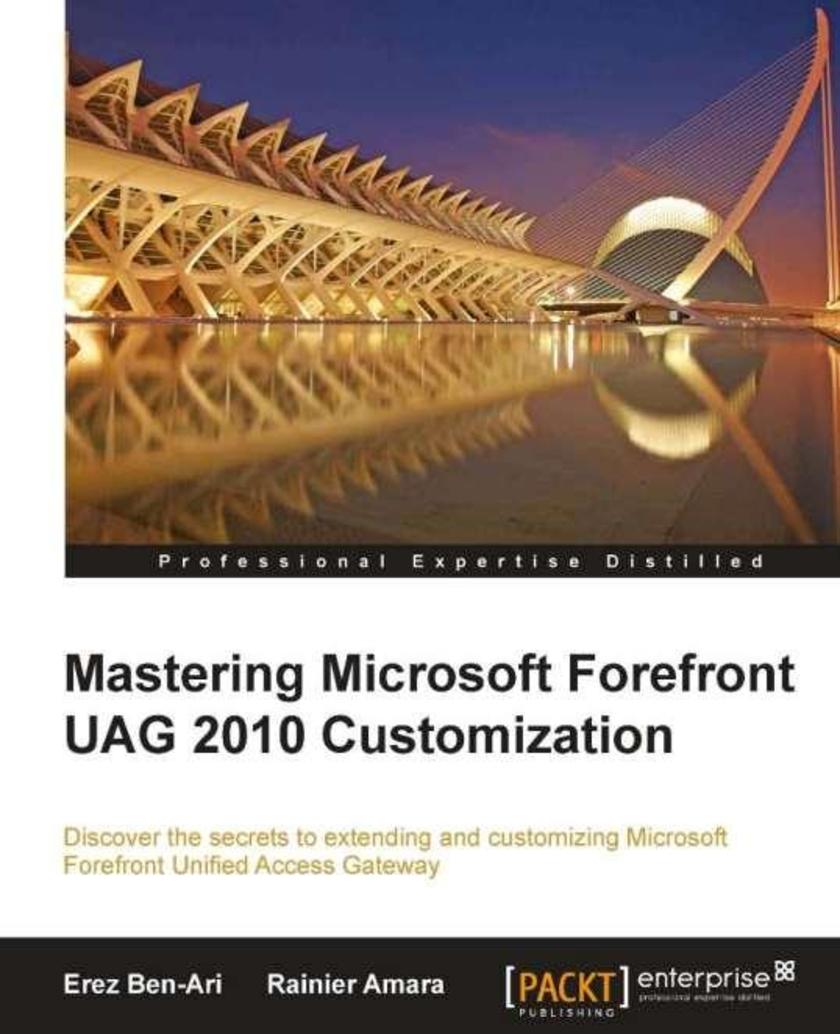
Mastering Microsoft Forefront UAG 2010 Customization
¥90.46
“Mastering Microsoft Forefront UAG 2010 Customization” is a hands-on guide with step-by-step instructions for enhancing the functionality of UAG through customization. Each topic details one key aspect of functionality and the operative mechanism behind it, and suggests functionality that can be achieved with customization, along with helpful code samples. Whether you are a seasoned UAG consultant, deployment and support engineer or a UAG customer, this book is for you. Consultants will be able to enhance the services you can provide for UAG customization, while the book helps customers to achieve tasks that have been restricted to the realm of expert consultants until now. You should have a strofng understanding of the regular functionality of UAG, as well as a solid background in web development (ASP, HTML, CSS and JavaScript) for this book to take you to the next level.

Windows Phone 7 XNA Cookbook
¥80.65
Written in a cookbook style, this book offers solutions using a recipe based approach. Each recipe contains step-by-step instructions followed by an analysis of what was done in each task and other useful information. The cookbook approach means you can dive into whatever recipes you want in no particular order. If you are an aspiring programmer with some basic concepts in C# and object-oriented knowledge who wants to create games for Windows Phone 7, this book is for you. This book is also for the experienced programmers want to transfer from Windows or Xbox to the Windows Phone 7 platform. Only basic knowledge of C# and .Net is required.
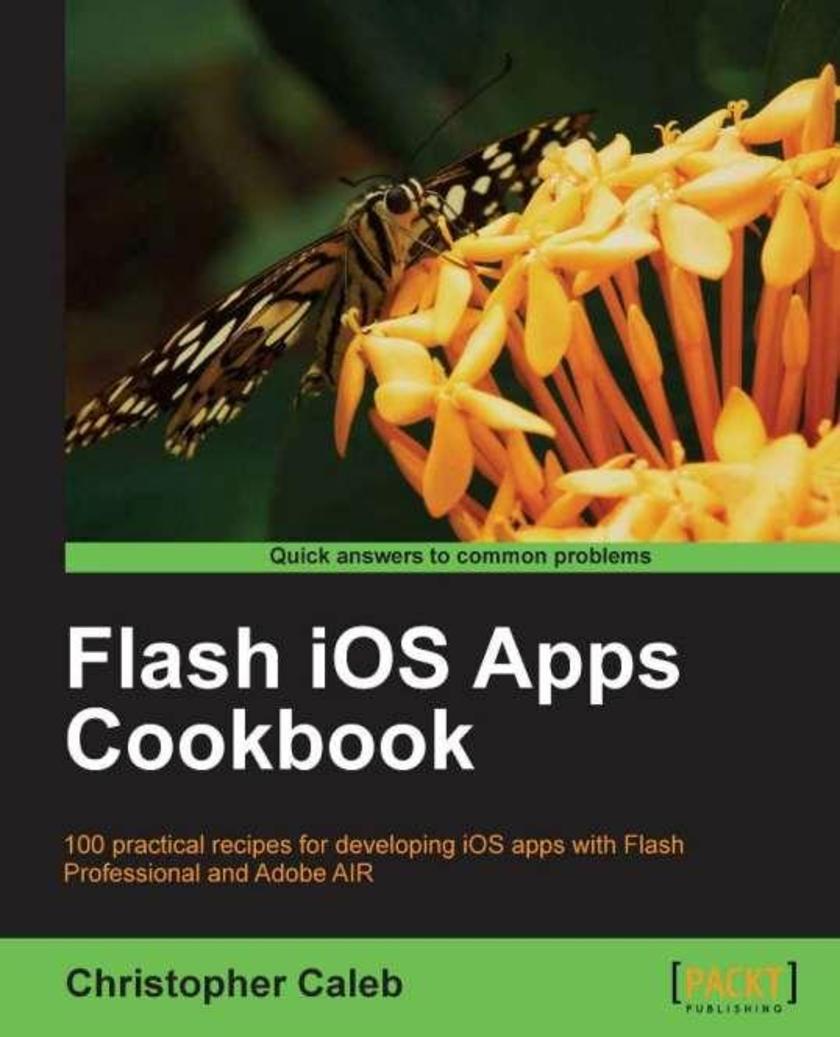
Flash iOS Apps Cookbook
¥90.46
The book is written in a cookbook style, presenting examples in the style of recipes, allowing you to go directly to your topic of interest, or follow topics throughout a chapter to gain in-depth knowledge. Flash developers or enthusiasts looking to build iOS apps using their existing Flash and ActionScript 3.0 skills.
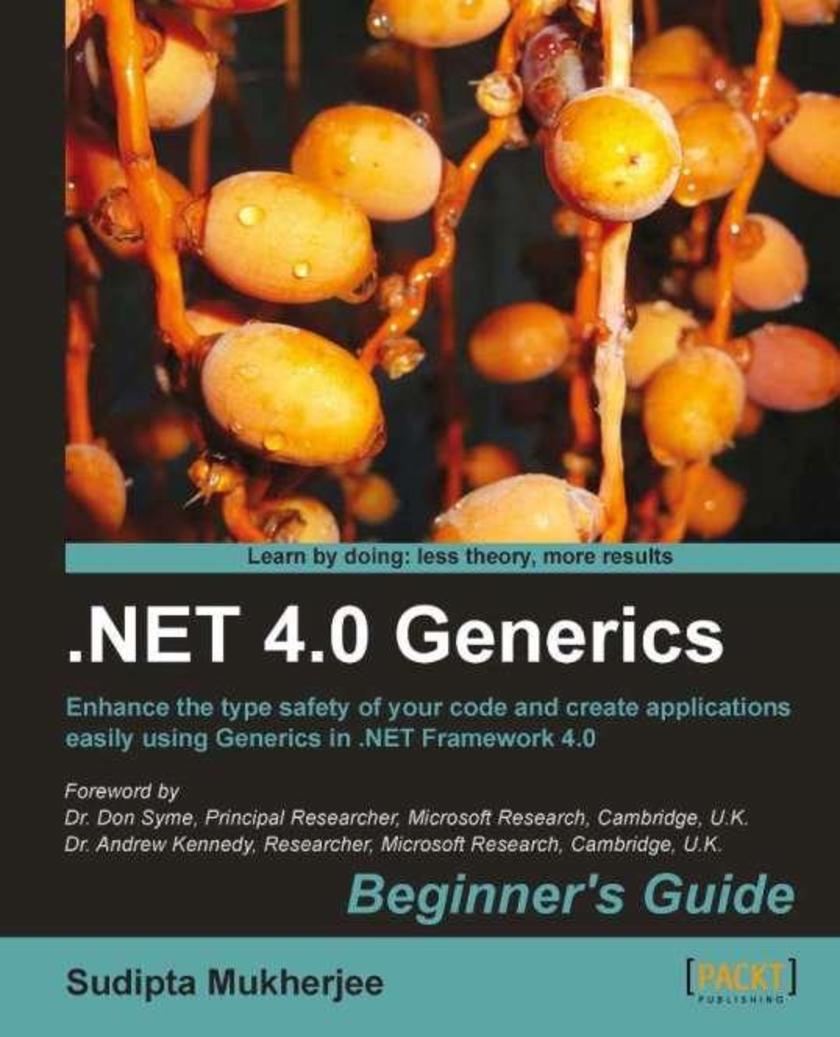
.NET 4.0 Generics
¥90.46
This book is aimed at beginners in Generics. It assumes some working knowledge of C# , but it isn’t mandatory.
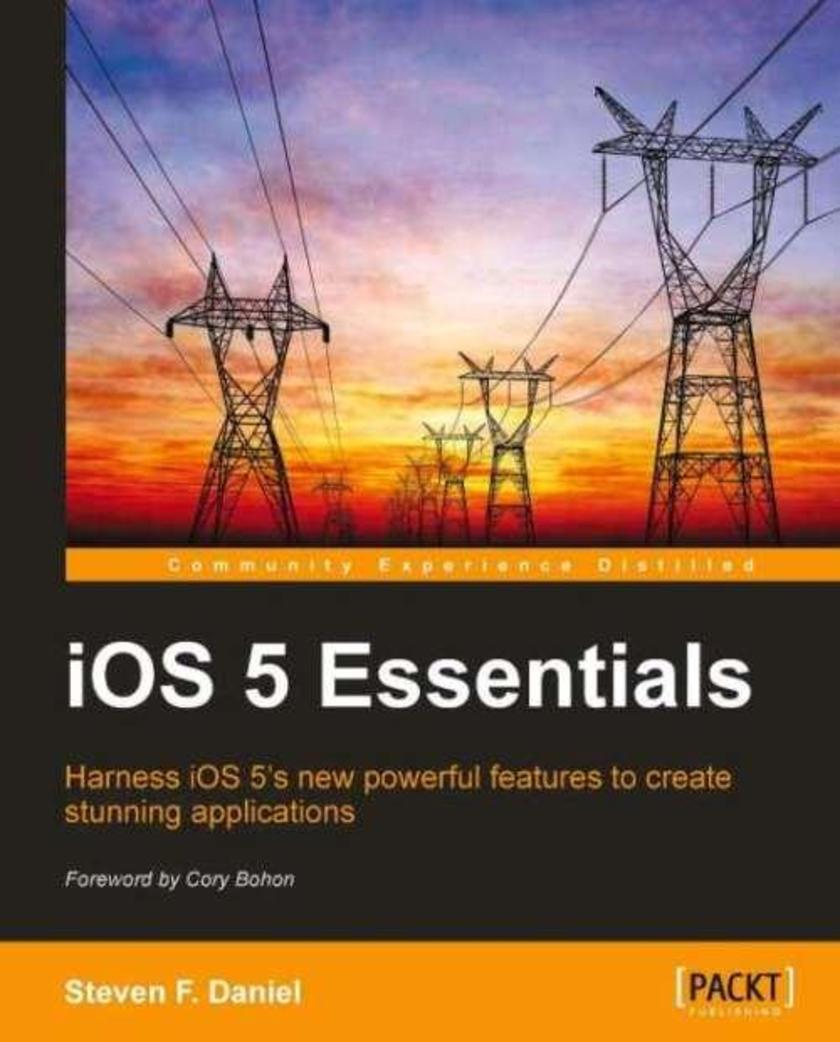
iOS 5 Essentials
¥71.93
Each chapter will take you through a new major feature of iOS 5. You will learn how to integrate each feature into your applications. If you ever wanted to learn about the latest features of iOS 5 and learn how to incorporate Twitter, iCloud and Core Image framework effects functionality into your applications, then this book is for you. You should have a good knowledge of programming experience with Objective-C, and have used Xcode 4. iPhone programming experience is not required.
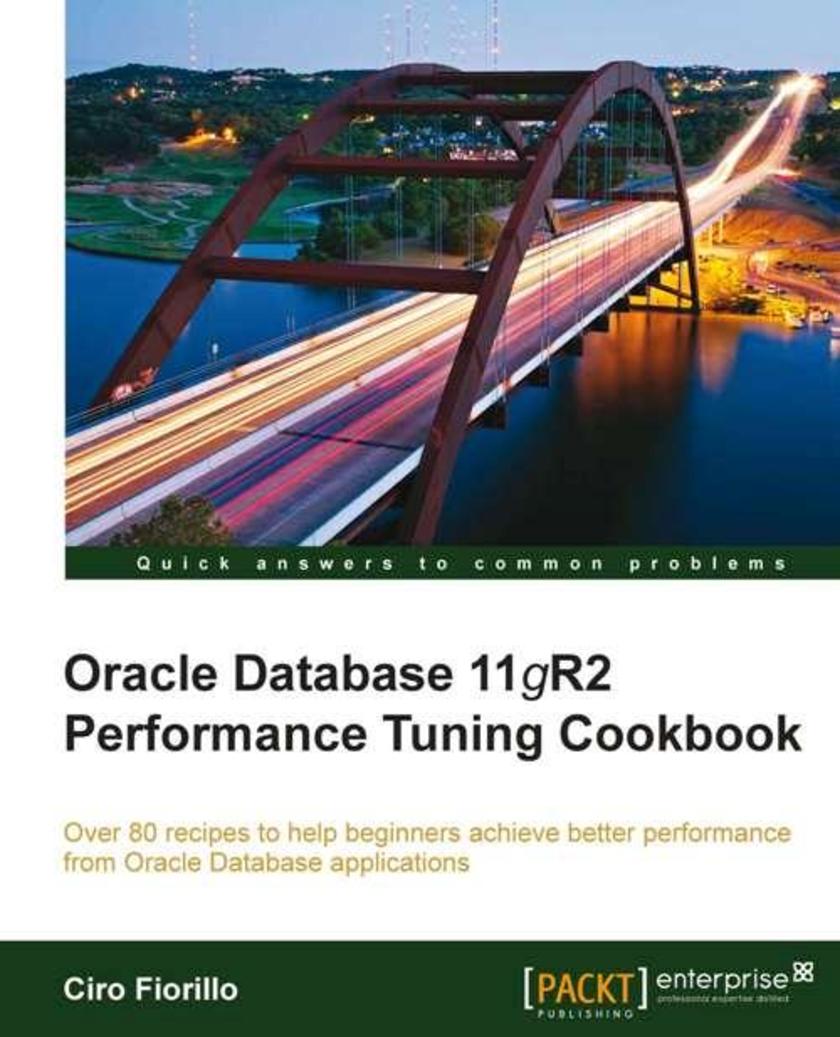
Oracle Database 11g R2 Performance Tuning Cookbook
¥99.18
In this book you will find both examples and theoretical concepts covered. Every recipe is based on a */procedure explained step-by-step, with screenshots, while theoretical concepts are explained in the context of the recipe, to explain why a solution performs better than another. This book is aimed at software developers, software and data architects, and DBAs who are using or are planning to use the Oracle Database, who have some experience and want to solve performance problems faster and in a rigorous way. If you are an architect who wants to design better applications, a DBA who is keen to dig into the causes of performance issues, or a developer who wants to learn why and where the application is running slow, this is the book for you. Basic knowledge of SQL language is required and general knowledge of the Oracle Database architecture is preferable.
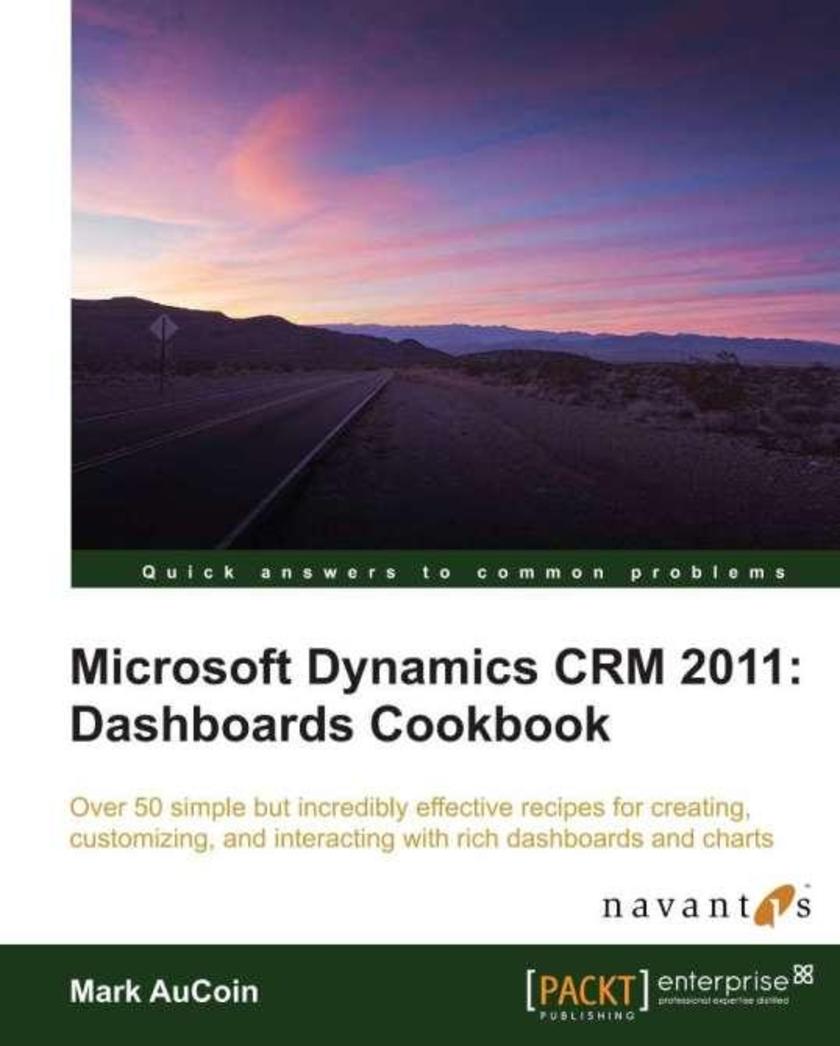
Microsoft Dynamics CRM 2011: Dashboards Cookbook
¥71.93
Microsoft Dynamics CRM 2011: Dashboards Cookbook is packed with practical step-by-step recipes covering tasks which utilize all of the new dashboard features of Dynamics CRM 2011. If you are a developer who is excited about creating, customizing, and designing Dashboards in Dynamics CRM 2011, this book is for you. You should be comfortable with general Dynamics CRM functionality for this or a previous release. This book may also be valuable to End Users and Power Users interested in the new Dashboard features of this release.
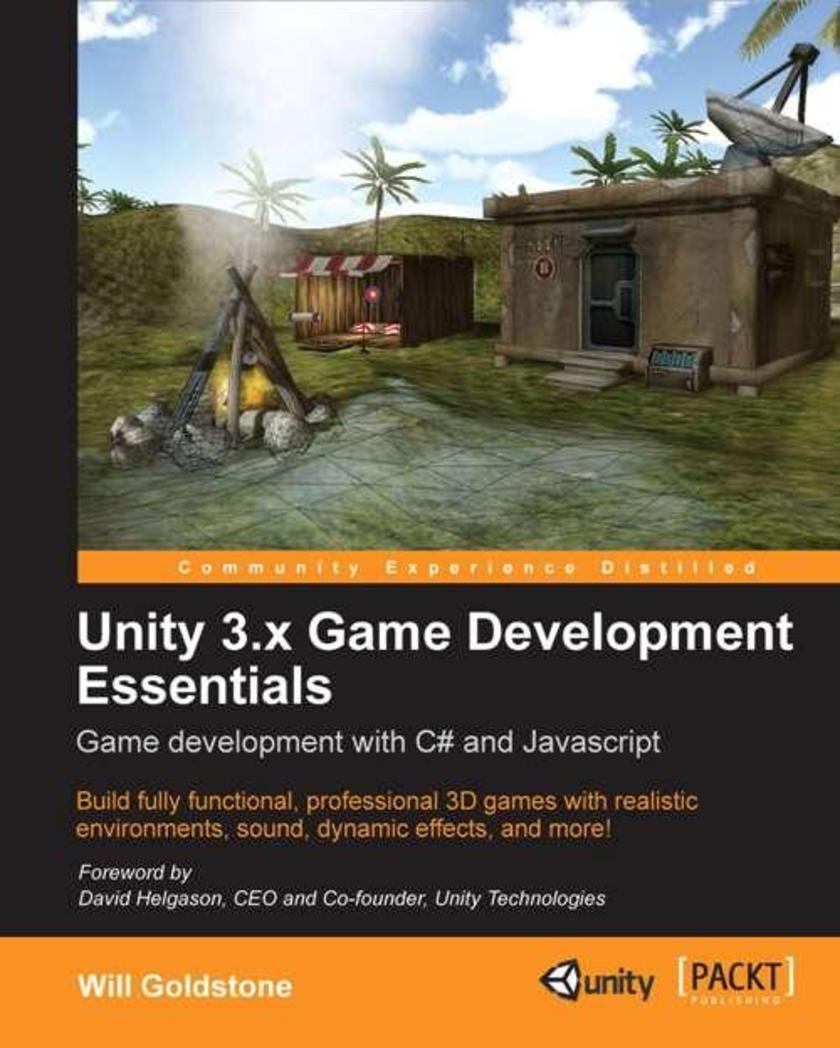
Unity 3.x Game Development Essentials
¥90.46
This book follows an informal, demystifying approach to the world of game development with the Unity game engine. With no prior knowledge of game development or 3D required, you will learn from scratch, taking each concept at a time working up to a full 3D mini-game. You'll learn *ing with C# or JavaScript and master the Unity development environment with easy-to-follow stepwise tasks. If you’re a designer or animator who wishes to take their first steps into game development or prototyping, or if you’ve simply spent many hours sitting in front of video games, with ideas bubbling away in the back of your mind, Unity and this book should be your starting point. No prior knowledge of game production is required, inviting you to simply bring with you a passion for making great games.
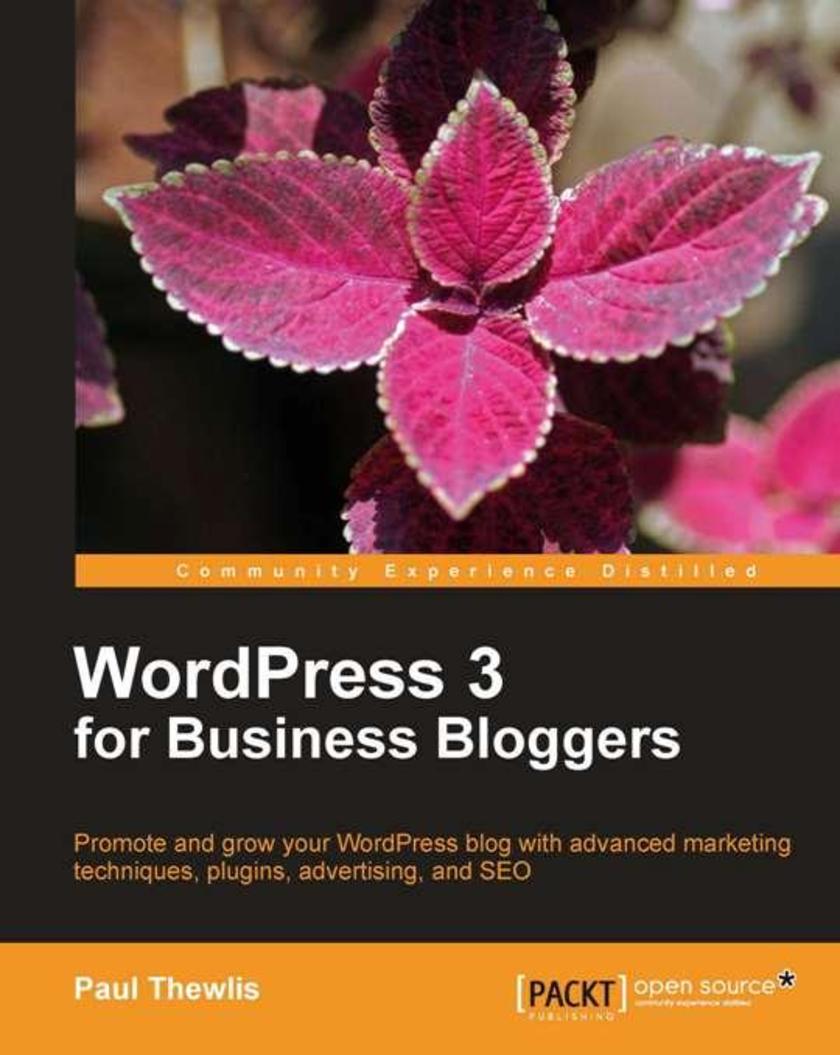
WordPress 3 For Business Bloggers
¥80.65
This is a practical, hands-on book based around a fictitious case study blog, which you will build on a development server using WordPress. The case study grows chapter by chapter, from installing your local development server, right up to the finished blog. This book is for anybody running or starting a business blog using WordPress, whether you plan to use your blog for PR and marketing, or want to profit directly from blogging.
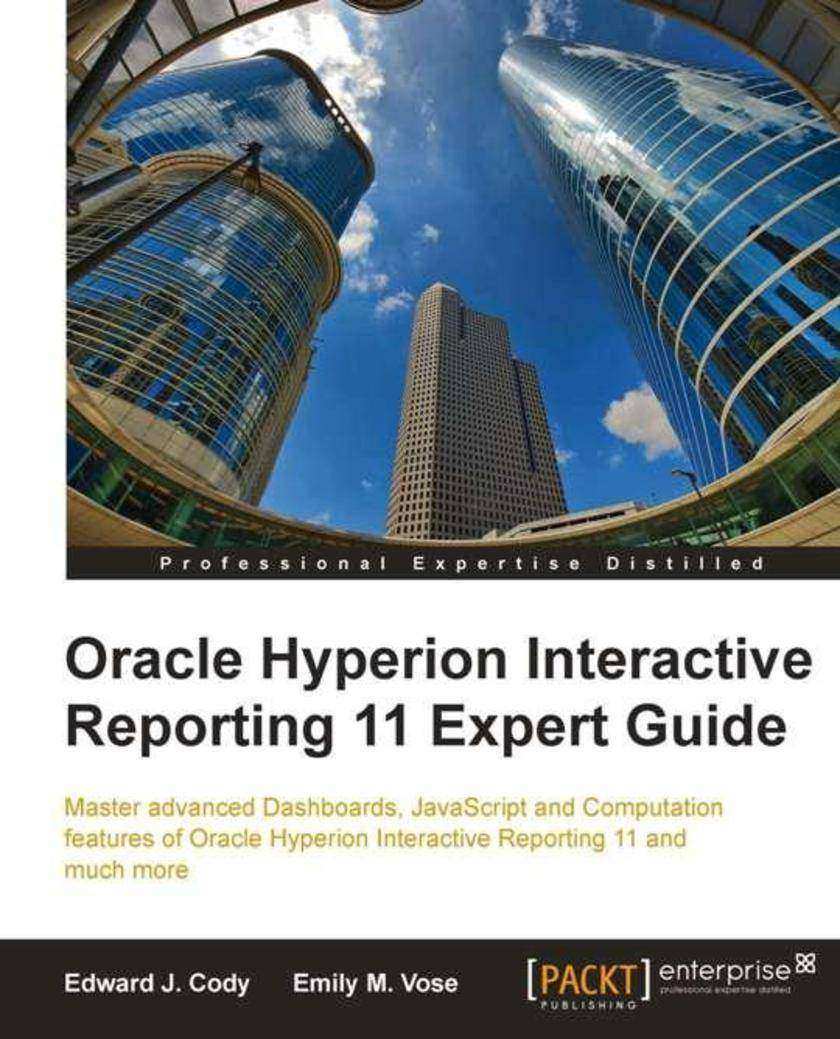
Oracle Hyperion Interactive Reporting 11 Expert Guide
¥99.18
This book is written in a simple, easy to understand format with screenshots, code samples, and step-by-step explanations that will guide you through the advanced techniques used by the experts. If you are an Oracle Hyperion Interactive reporting user or developer looking to become an expert in the product, then this book is for you. You will require a basic knowledge of Interactive Reporting, as this book starts with a brief overview and then dives into advanced techniques, functions, and best practices. Beginner users should consult The Business Analyst’s Guide to Oracle Hyperion Interactive Reporting 11 to gain insight on the software product.
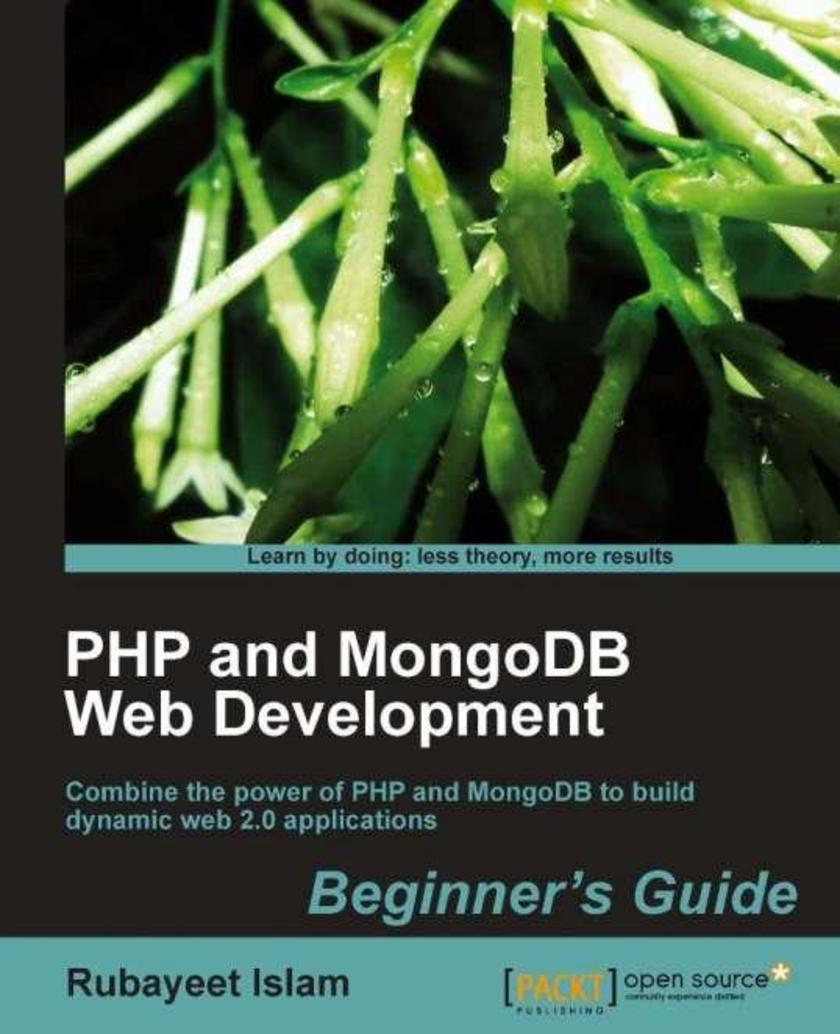
PHP and MongoDB Web Development Beginner’s Guide
¥80.65
The book follows a "Code first, explain later" approach, using practical examples in PHP to demonstrate unique features of MongoDB. This book is packed with step-by-step instructions and practical examples, along with challenges to test and improve your knowledge. This book assumes that you are experienced in web application development using PHP, HTML, and CSS. Having working knowledge of using a relational database system such as MySQL will help you grasp some of the concepts quicker, but it is not strictly mandatory. No prior knowledge of MongoDB is required.
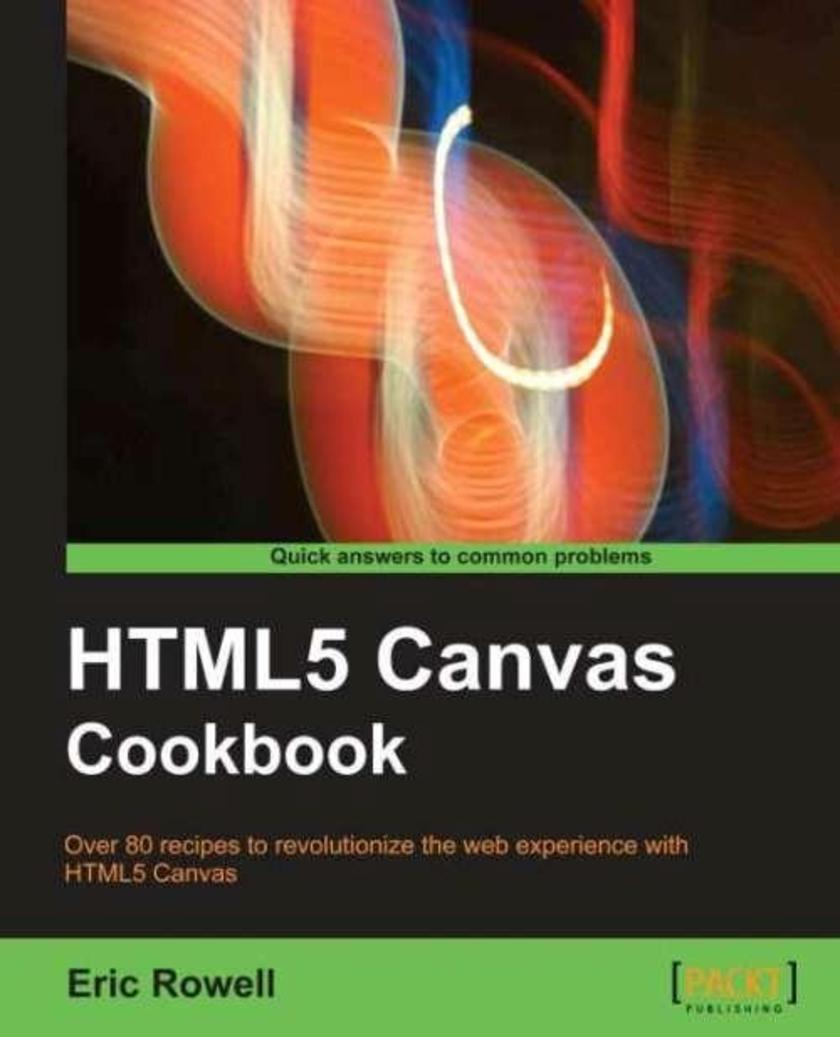
HTML5 Canvas Cookbook
¥71.93
Written in cookbook style, this book offers a wide array of techniques for building HTML5 Canvas applications. Each recipe contains step-by-step instructions followed by analysis of what was done in each task and other useful information. The book is designed so that you can read it chapter by chapter, or you can look at the list of recipes and refer to them in no particular order. This book is geared towards web developers who are familiar with HTML and JavaScript. It is written for both beginners and seasoned HTML5 developers with a good working knowledge of JavaScript.
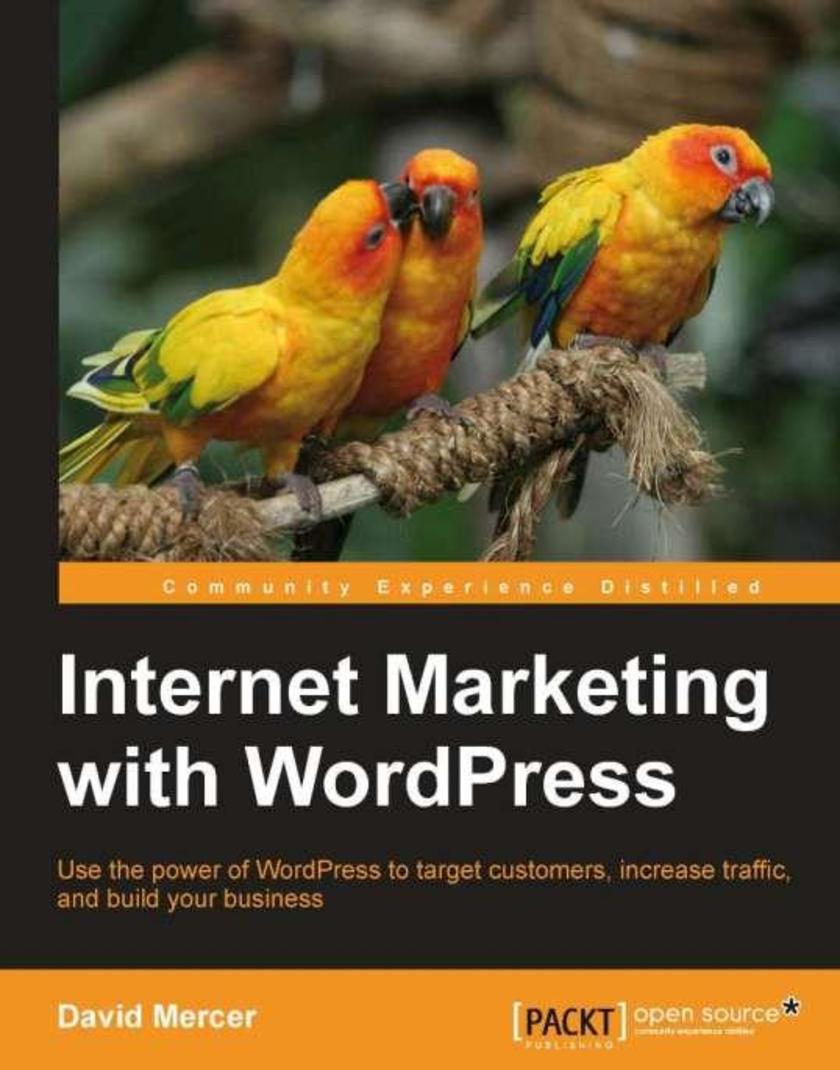
Internet Marketing with WordPress
¥35.96
The book's accompanying Interactive learning environment on siteprebuilder.com gives you an online place to enhance and extend your practical experience through exercises, consolidate your learning and theoretical knowledge with marked quizzes, interaction with your WordPress marketing community, and fun and exciting extras such as challenges and competitions. This book is for people already using WordPress, who want more visitors, better visitors, and to convert more of them into paying customers. No prior marketing experience is required, although a basic understanding of either hosted or self-hosted WordPress blogs is assumed.
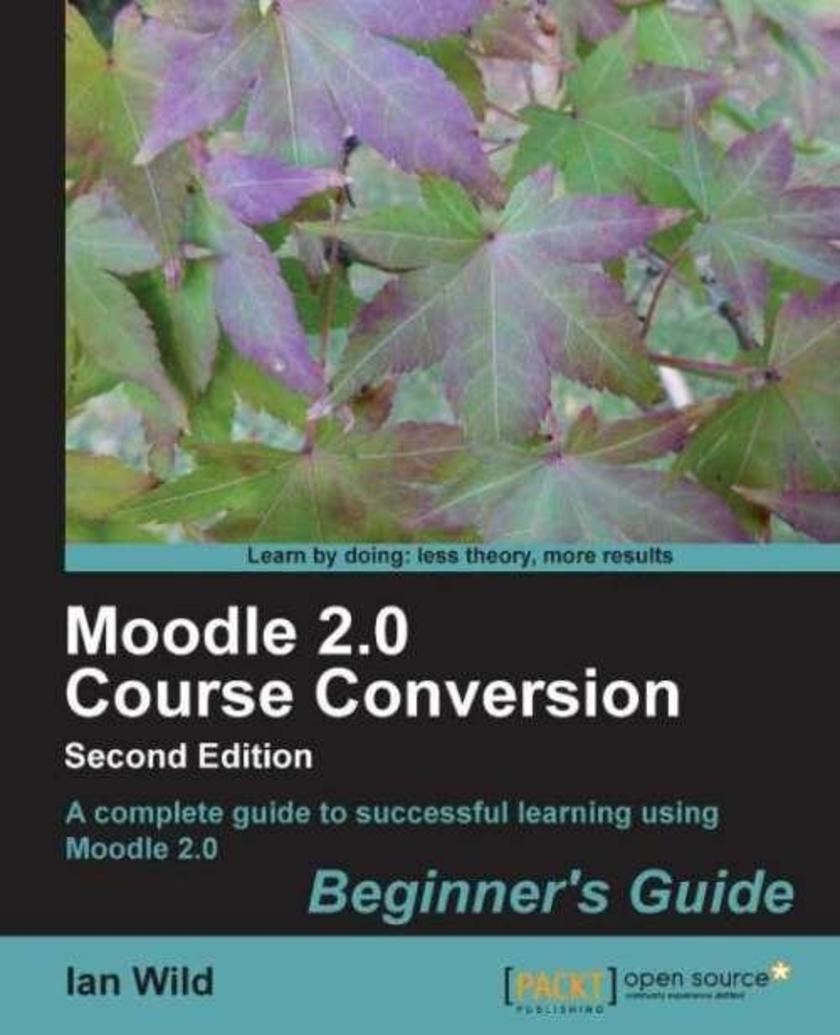
Moodle 2.0 Course Conversion, Second Edition
¥80.65
With clear instructions and plenty of screenshots, this book provides all the support and guidance you will need as you begin to convert your teaching to Moodle. Step-by-step tutorials use real-world examples to show you how to convert to Moodle in the most efficient and effective ways possible. Moodle Course Conversion carefully illustrates how Moodle can be used to teach content and ideas and clearly demonstrates the advantages of doing so. This book is for teachers, tutors, and lecturers who already have a large body of teaching material and want to use Moodle to enhance their course, rather than developing brand new ones. You won’t need experience with Moodle, but will need teacher-access to a ready-installed Moodle site. Teachers with some experience of Moodle, who want to focus on incorporating existing course materials will also find this book very useful
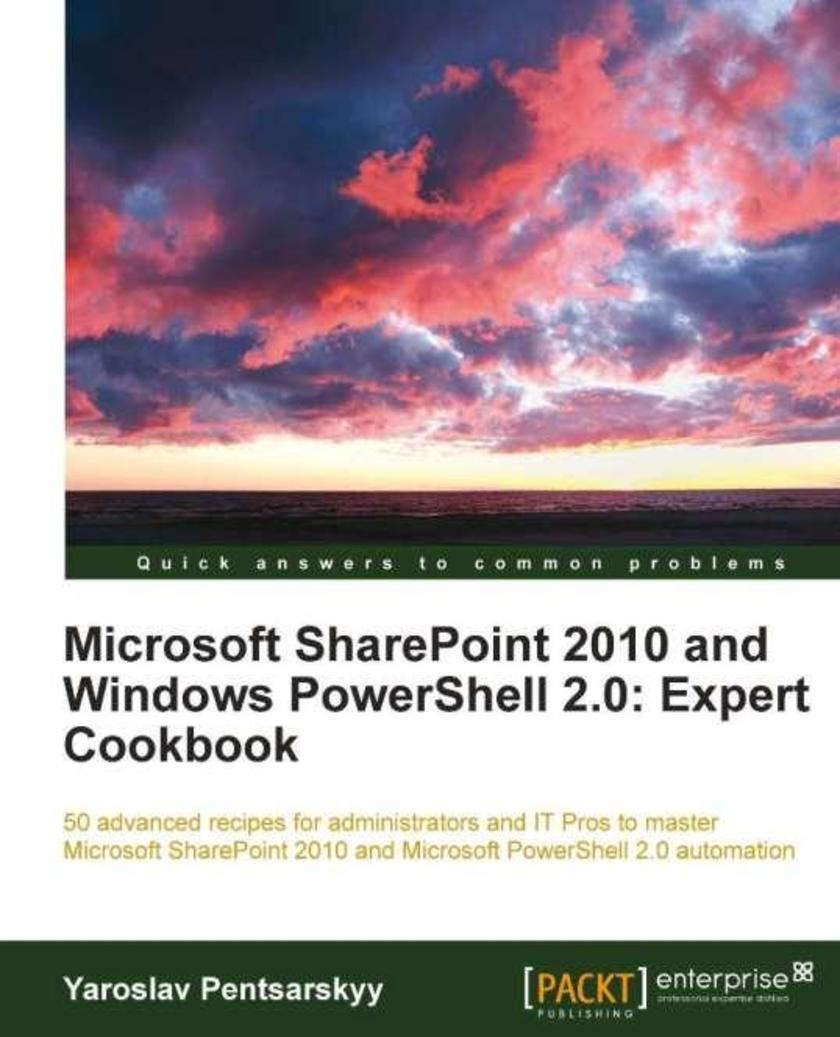
Microsoft SharePoint 2010 and Windows PowerShell 2.0: Expert Cookbook
¥71.93
Microsoft SharePoint 2010 and Windows PowerShell 2.0: Expert Cookbook is a concise and above all advanced cookbook, with practical expert recipes for SharePoint and PowerShell automation. If you are a SharePoint administrator or IT Pro who wants to extend your knowledge of PowerShell automation, this book is a must have. You should have a solid grasp of working with SharePoint and PowerShell respectively.
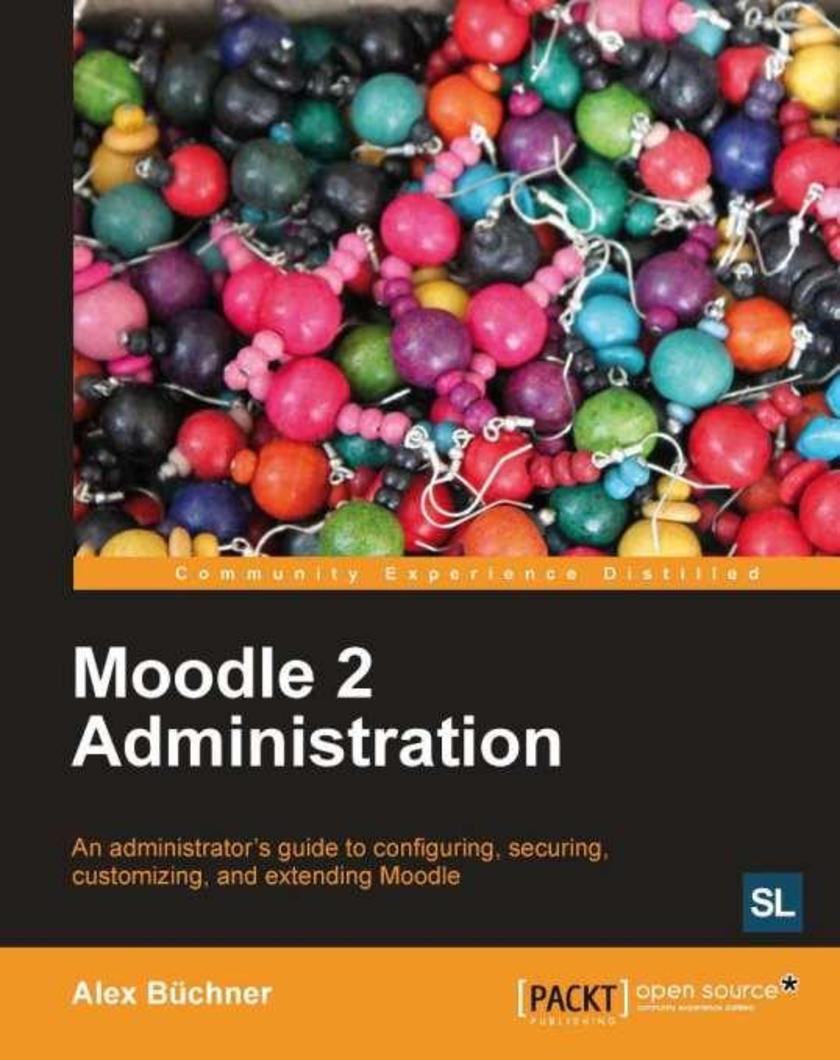
Moodle 2.0 Administration
¥90.46
Written in a clear, straightforward way with lots of screenshots and direct instructions, this book will equip you with all the tools you need to set up, optimize, extend, and maintain a Moodle system. A problem-solution approach has been taken when possible to bring the content more in line with your day-to-day operations. This book is written for technicians and systems administrators, as well as academic staff. Essentially anyone who has to administer a Moodle system. Whether you are dealing with a small-scale local Moodle system or a large-scale multi-site Virtual Learning Environment, this book will assist you with any administrative tasks. Some basic Moodle knowledge is helpful, but not essential.
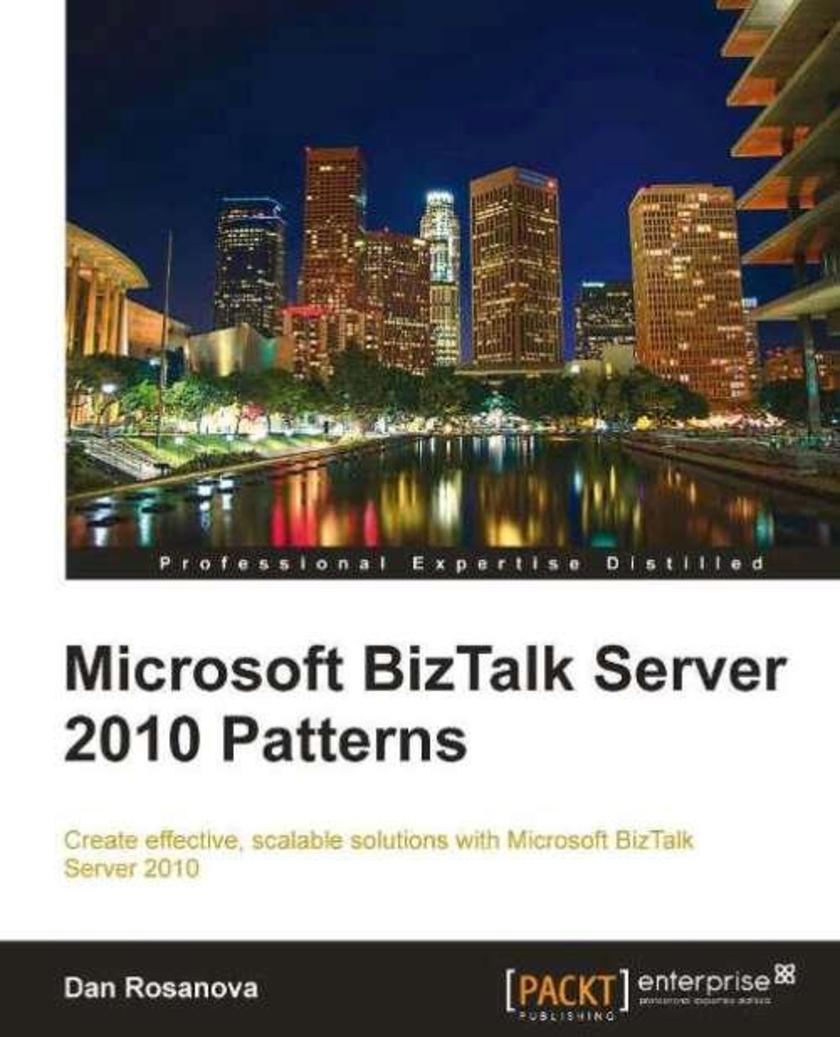
Biztalk server 2010 patterns
¥99.18
This book is broken into two distinct parts. The first is a general introduction to BizTalk Server 2010 as well as the patterns commonly used in solutions built on the platform. It also includes explanations and motivations for these core patterns and practices. The second part is a hands-on real world example presented in a step-by-step manner that takes the reader through a multiphase solution and builds this simple project into a robust and complex middleware integration solution. This book is targeted at the professional developer or architect tasked with creating solutions that leverage BizTalk Server 2010. It assumes experience with Visual Studio and at least a minimal exposure to any version of BizTalk Server from 2004 to the present. Development managers with a technical background will also find this book useful in guiding their implementation teams. Cursory knowledge of XML, although useful, is not required; the text does include an XML primer in the appendix. Advanced BizTalk developers will learn many tips and techniques to improve the solutions they develop on the BizTalk 2010 platform.




 购物车
购物车 个人中心
个人中心



